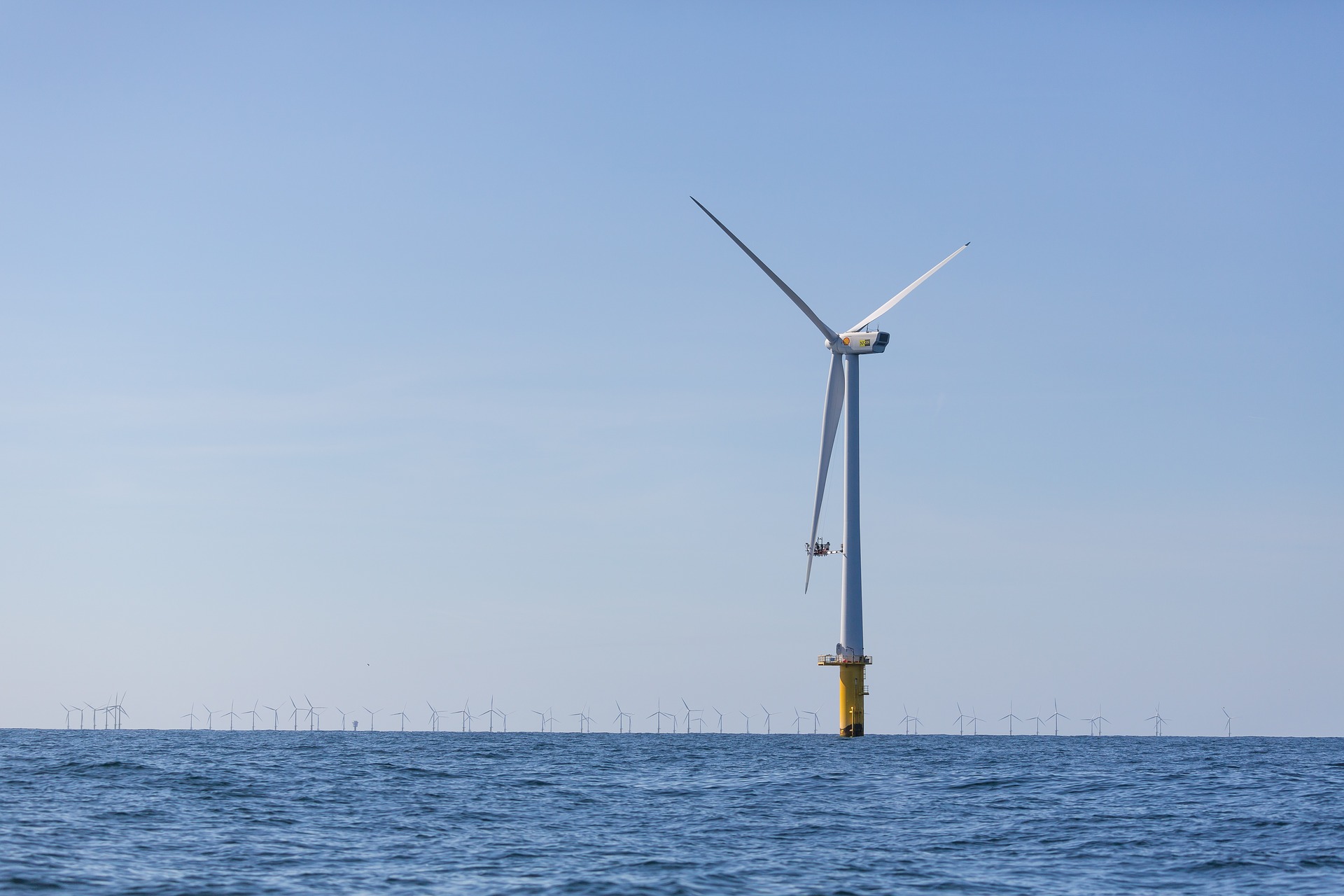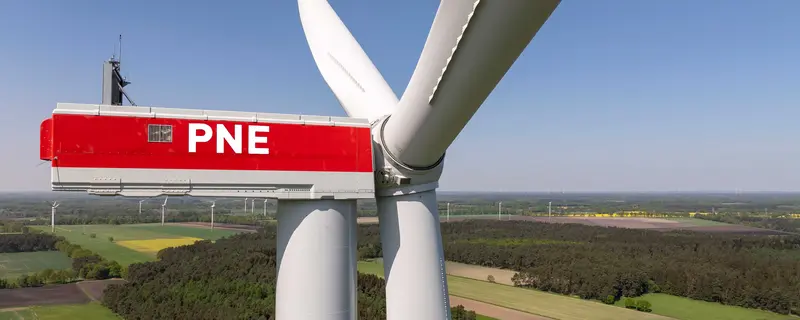The Bundestag will hold the first reading of the second draft of the amendment to the Offshore Wind Energy Act (WindSeeG). According to the Federal Association of Wind Farm Operators Offshore (BWO), little consideration has been given to industrial policy requirements to date.
BWO reported in March that it had submitted comments and recommendations for action to the Federal Ministry of Economic Affairs and Climate Action to accelerate offshore wind development. Stefan Thimm, Managing Director of BWO, notes that the parliamentary procedure has entered a hot phase
“MEPs will now also decide on the attractiveness of Germany as a place to live compared to other countries. We are confident that much will happen – and must happen – in the coming weeks for the planned offshore expansion to gain momentum. In particular, there has been little consideration of industrial policy requirements to date”, says Thimm.
“It cannot be that at a time when market prices are already very high, tendering instruments are introduced which obviously further increase electricity prices and weaken our domestic industry in international competition”, he adds.
In its comments on the bill, in addition to the auction design, BWO raised issues such as grid connections, project timing and dismantling of wind farms.
As we read on the Bundestag website, the Committee on Climate Action and Energy will take up the topic of RES on Monday, May 16, 2022. The meeting will begin at 14.00. The hearing is based on the “EEG Amendment” (20/1630) and the “Offshore Wind Energy Act” (10/1634).
The previous law “EEG 2021” aims to increase the share of renewable energy sources to 65% in 2030 and aims for electricity generation to be greenhouse gas neutral by 2050. With the new law, this is set to happen much faster. In 2030 at least 80 percent of the electricity consumed is to come from RES, and by 2035 the electricity supply is to be almost entirely covered by renewable energy sources. In 2021, however, their share in gross electricity consumption was only 42 percent. The development paths and tender quantities for offshore wind energy are to be determined in a parallel amendment (20/1634) to the Offshore Wind Energy Act (WindSeeG).
Source: BWO/Bundestag














